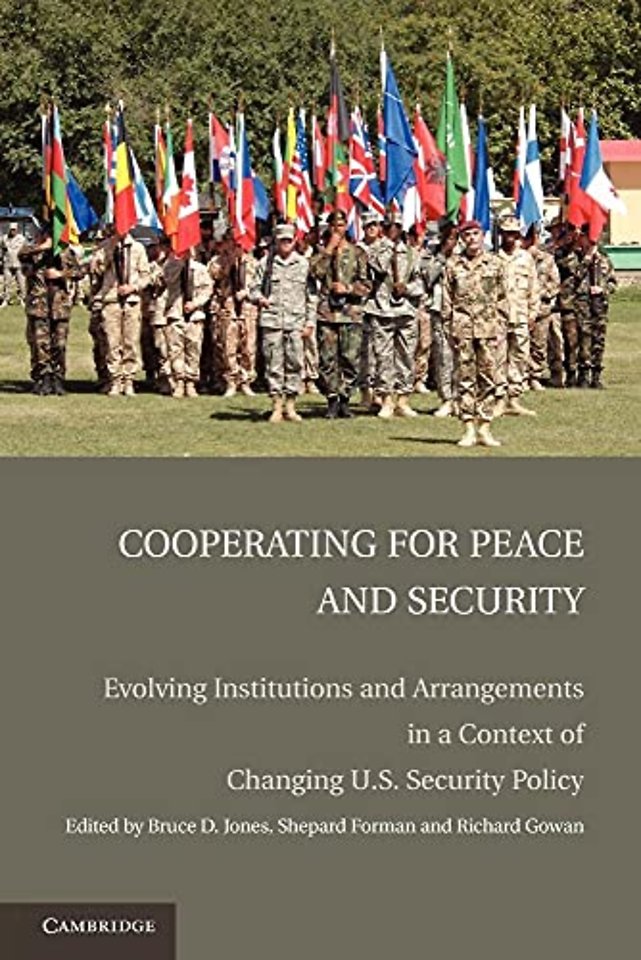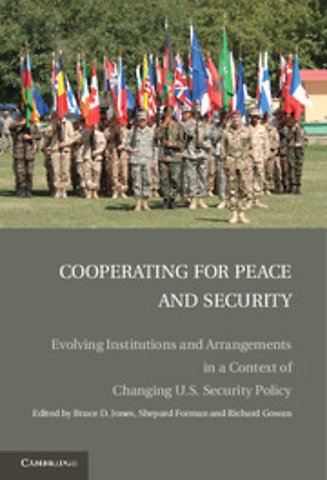Cooperating for Peace and Security
Evolving Institutions and Arrangements in a Context of Changing U.S. Security Policy
Samenvatting
Cooperating for Peace and Security attempts to understand - more than fifteen years after the end of the Cold War, seven years after 9/11, and in the aftermath of the failure of the United Nations (UN) reform initiative - the relationship between US security interests and the factors that drove the evolution of multilateral security arrangements from 1989 to the present. Chapters cover a range of topics - including the UN, US multilateral cooperation, the North Atlantic Treaty Organization (NATO), nuclear nonproliferation, European and African security institutions, conflict mediation, counterterrorism initiatives, international justice and humanitarian cooperation - examining why certain changes have taken place and the factors that have driven them and evaluating whether they have led to a more effective international system and what this means for facing future challenges.
Specificaties
Inhoudsopgave
Net verschenen
Rubrieken
- aanbestedingsrecht
- aansprakelijkheids- en verzekeringsrecht
- accountancy
- algemeen juridisch
- arbeidsrecht
- bank- en effectenrecht
- bestuursrecht
- bouwrecht
- burgerlijk recht en procesrecht
- europees-internationaal recht
- fiscaal recht
- gezondheidsrecht
- insolventierecht
- intellectuele eigendom en ict-recht
- management
- mens en maatschappij
- milieu- en omgevingsrecht
- notarieel recht
- ondernemingsrecht
- pensioenrecht
- personen- en familierecht
- sociale zekerheidsrecht
- staatsrecht
- strafrecht en criminologie
- vastgoed- en huurrecht
- vreemdelingenrecht

